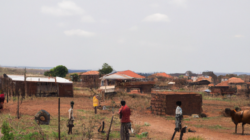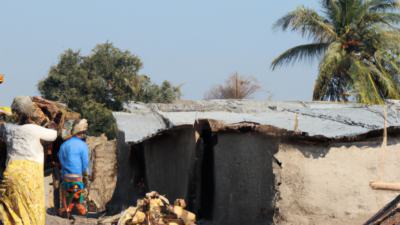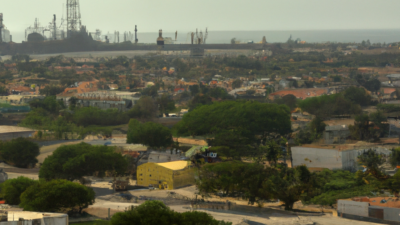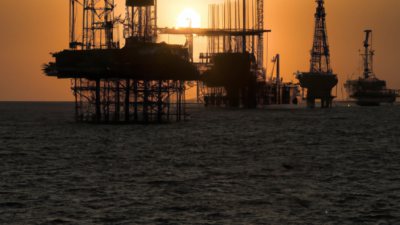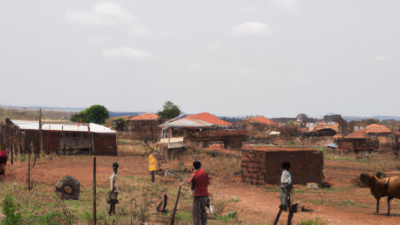A Glimpse into Angola’s Economy: Facts and Figures
Angola, a country located on the southwestern coast of Africa, has one of the continent’s most dynamic and complex economies. Known for its rich natural resources and turbulent history, Angola presents a unique economic landscape shaped by both its colonial past and efforts towards modernization and diversification. This article delves into the key facts and figures that define Angola’s economy, examining its main sectors, challenges, and future prospects.
Historical Context
To understand Angola’s economy, it is essential to consider its historical context. Colonized by Portugal in the late 15th century, Angola gained independence in 1975. The subsequent decades were marred by a protracted civil war, which lasted until 2002 and significantly hampered economic development. Post-war, Angola embarked on a reconstruction journey, leveraging its abundant natural resources, particularly oil, to drive economic growth.
Oil Dominance
Angola’s economy is heavily reliant on the oil sector, which accounts for approximately 90% of its exports and over 50% of its GDP. The country is the second-largest oil producer in Africa, after Nigeria. Major international companies, such as ExxonMobil, BP, and TotalEnergies, have significant investments in Angolan oil fields. However, this heavy dependence on oil makes the economy vulnerable to global oil price fluctuations, as seen during the oil price crashes in 2008 and 2014, which led to economic slowdowns.
Natural Resources and Mining
Besides oil, Angola is rich in other natural resources, including diamonds, gold, and iron ore. The diamond industry is particularly notable, contributing significantly to export revenues. The country is one of the world’s top diamond producers, with operations managed by both state-owned and private companies. Despite this wealth, the mining sector’s potential is not fully exploited due to infrastructural challenges and regulatory issues.
Agriculture and Fisheries
Agriculture is another vital sector, employing a significant portion of the population. Key agricultural products include coffee, bananas, cassava, maize, and potatoes. Despite its potential, the agricultural sector is underdeveloped, primarily due to the long-lasting impacts of the civil war, which destroyed much of the arable land and infrastructure. There are ongoing efforts to revitalize this sector through modernization and investment in technology and irrigation systems.
Industrial and Service Sectors
The industrial sector in Angola is relatively small but growing, focusing on food processing, beverages, textiles, and construction materials. The government has been encouraging industrialization to reduce dependency on oil and create jobs. Meanwhile, the services sector, including banking, telecommunications, and retail, is expanding, driven by urbanization and a growing middle class.
Economic Challenges
Despite its resource wealth, Angola faces several economic challenges. High levels of corruption, bureaucratic inefficiencies, and a lack of infrastructure impede business operations and foreign investment. Inflation and unemployment rates remain high, affecting the standard of living for many Angolans. Additionally, the country grapples with a significant debt burden, which limits its fiscal flexibility.
Diversification Efforts
Recognizing the risks of over-reliance on oil, the Angolan government has been actively pursuing economic diversification. Initiatives such as the National Development Plan and the Angola 2025 strategy aim to boost other sectors, including agriculture, tourism, and manufacturing. Foreign investment is being sought through improved regulatory frameworks and incentives, and there is a focus on enhancing education and skills development to build a more resilient workforce.
Future Prospects
Looking ahead, Angola’s economic prospects are cautiously optimistic. If diversification efforts are successful and structural reforms are implemented effectively, the country could achieve more sustainable and inclusive growth. The development of infrastructure, coupled with political stability, will be crucial in attracting foreign investment and fostering economic resilience. Moreover, leveraging its youthful population and vast natural resources could position Angola as a significant player in the regional and global economy.
Conclusion
Angola’s economy is a fascinating study of contrasts. Rich in natural resources yet hampered by historical and structural challenges, the country stands at a crossroads. With strategic investments in diversification and infrastructure, Angola has the potential to transform its economic landscape, ensuring prosperity for future generations. As it navigates this path, the world will be watching closely, hopeful for the emergence of a more robust and diversified Angolan economy.







